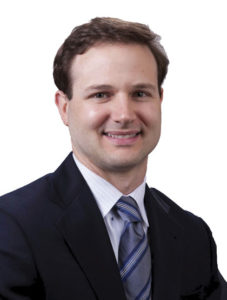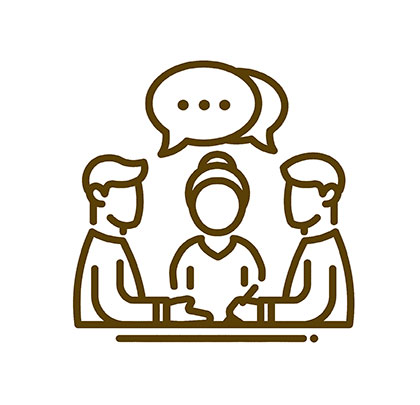Section 8(a) of the Occupational Safety and Health (OSH) Act of 1970 authorizes OSHA to inspect workplaces “during regular working hours and at other reasonable times, and within reasonable limits and in a reasonable manner.” While employers have some level of protection since the mandate specifically states the word “reasonable,” more specific rights exist—and should be exercised—at all stages of an OSHA inspection, including before, during, and after the interview process.
BASIC INTERVIEW RIGHTS
During an OSHA inspection, one or more of your employees is likely to be interviewed by a Compliance Safety and Health Officer (CSHO). Although employees have the right to refuse any interview request, this is likely to represent only a fleeting avoidance of the interview process since OSHA is authorized to issue subpoenas to compel testimony. When an interview does take place, employees are not required to sign a statement or the CSHO’s notes of the interview (with no future means by OSHA to compel otherwise). Employees are also not required to give video or audiotaped statements, even if requested by the CSHO.
Preparing employees for any type of interview is critical. During an OSHA interview, employees should:
- Listen carefully and ask for clarification if a question doesn’t make sense
- Take time to think before answering
- Only answer the question asked
- Be honest and avoid speculating—it’s ok to say “I don’t know”
- Give consistent answers—the CSHO may repeat the same question multiple different ways, attempting to elicit a desired answer
Most importantly, employees should understand that the CSHO is looking to build OSHA’s case and obtain evidence to be used against the employer. As a result, the CSHO may ask leading questions such as, “Isn’t it true that you could see the employees working without fall protection?” If the employee isn’t sure of the answer but responds with an overly deferential “yes,” OSHA can use that statement as evidence for a citation.
Before a scheduled interview, it is reasonable and good practice to prepare employees by showing them any relevant and/or helpful documents to refresh their memory. For example, provided the documents exist, consider showing your health and safety plan, worksite rules, pre-task planning documents, or any other records that may be relevant to expected interview subjects.
SUPERVISORY VS. NON-SUPERVISORY EMPLOYEES
A notable distinction exists between “supervisory” versus “non-supervisory” employees. The CSHO may interview non-supervisory employees privately (and may insist on doing so). Non-supervisory employees, however, do have the right to request that a personal attorney or union representative be present during their interview.
On the other hand, an employer representative—including an attorney—has an absolute right to participate in all management/supervisor interviews. This is in part because any admissions made by a supervisor may be attributed to, and used against, the employer. An employee may be considered a supervisor if he or she controlled the means and methods of the work, monitored safety, and/or had authority over other workers. In the eyes of OSHA, an employee’s title alone is not determinative of whether the employee is a supervisor.
While it might seem advantageous to deem employees supervisors so they can have a company-retained representative present during an interview, keep in mind that if a supervisory employee has knowledge of a violation, that knowledge is “imputed” to the employer. This may pave the way for the issuance of a citation. As a result, careful consideration should be given to an employee’s status—supervisory or not—prior to taking any position on the issue.
CONCLUSION
Like so many other things, when it comes to OSHA interviews, preparation is key. Both supervisory and non-supervisory employees should be prepared in advance of sitting down with OSHA to ensure they have a clear understanding of their rights, the process, and the implications. ■

About the Author: Michael Rubin is a partner in the law firm Goldberg Segalla, where he serves as Chair of the OSHA and Worksite Safety Practice Group. Michael represents employers across multiple industries in connection with OSHA inspections, investigations, and enforcement actions. He has on-the-ground experience investigating accidents and his practice includes negotiating for the withdrawal and settlement of citations, contesting citations, and litigating matters before the Occupational Safety & Health Review Commission. He can be reached at 716.844.3477 or mrubin@goldbergsegalla.com.
_________________________________________________________________________
Modern Contractor Solutions, April 2017
Did you enjoy this article?
Subscribe to the FREE Digital Edition of Modern Contractor Solutions magazine.



